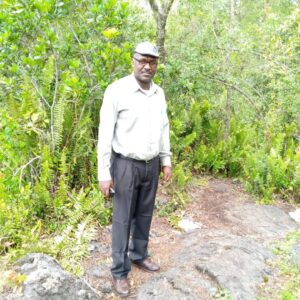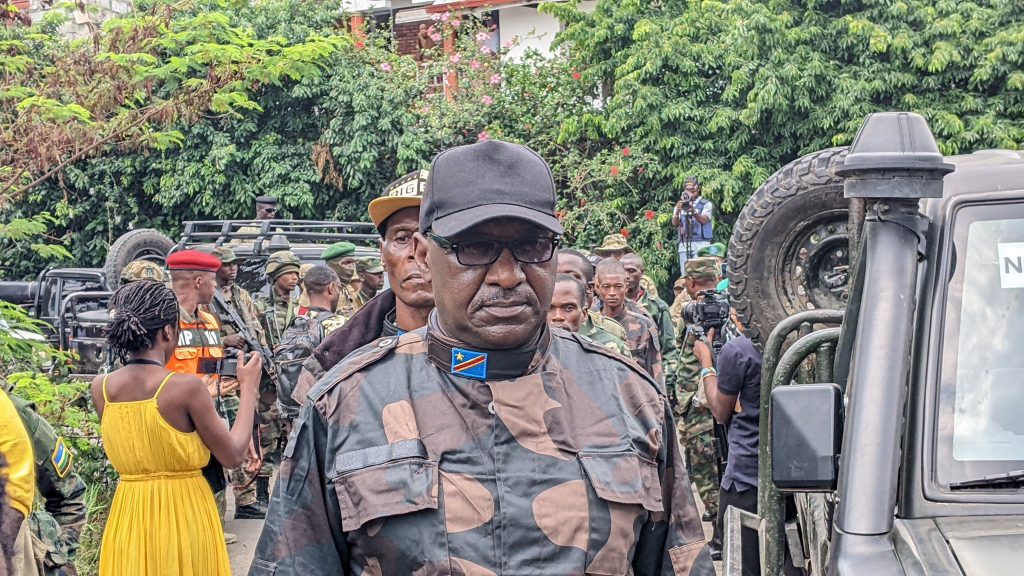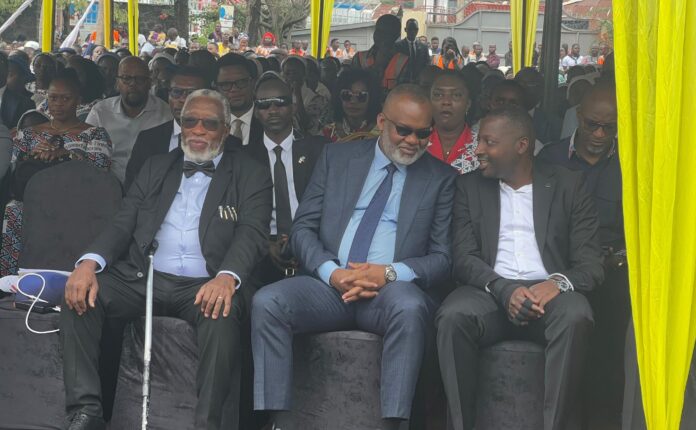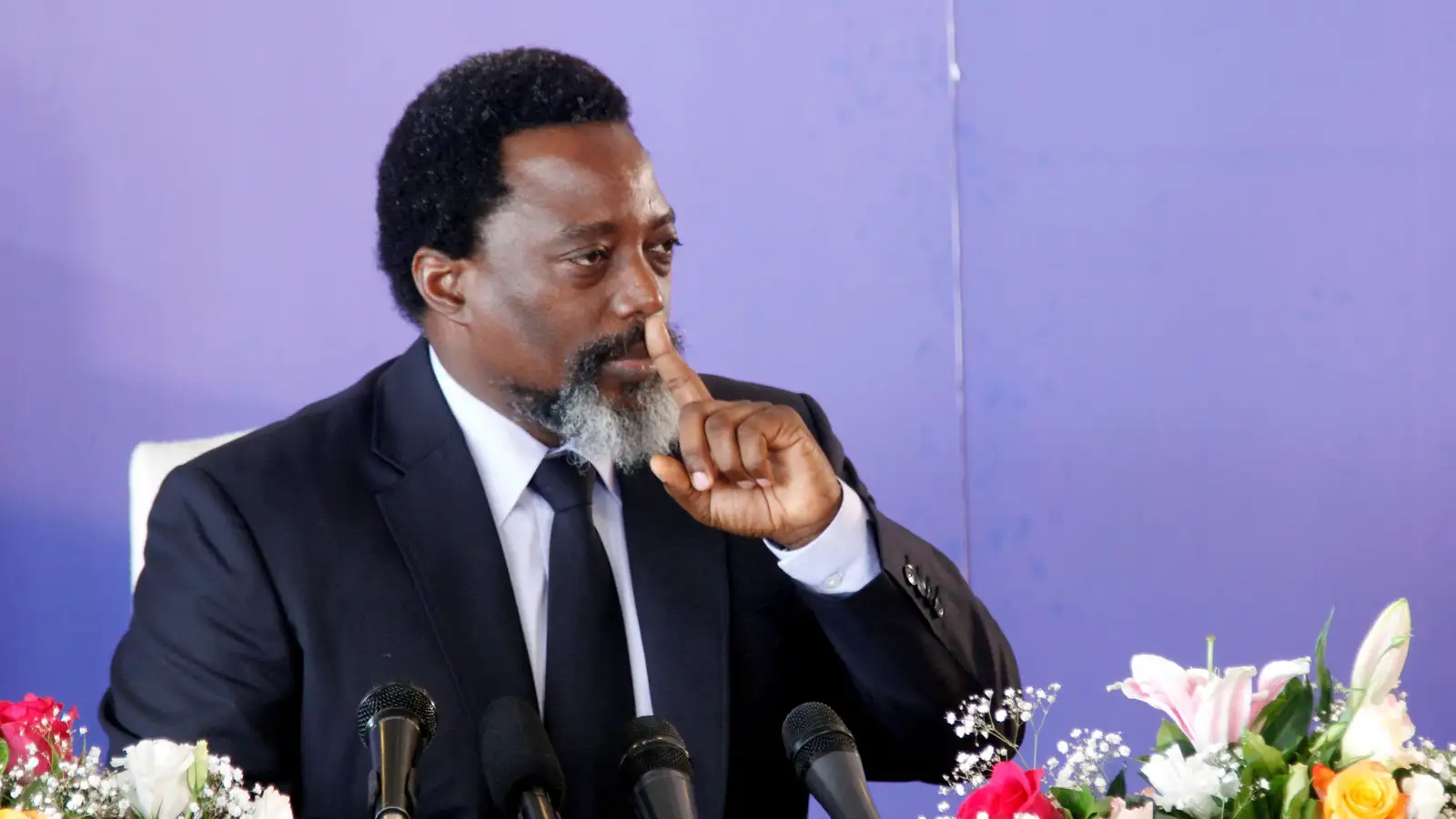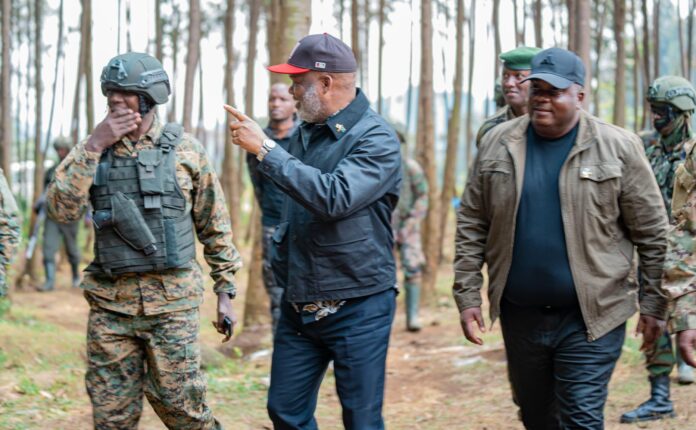After thirty years away from his homeland, Brigadier General Gakwerere is set to return. His story is one marked by violence, controversy, and a long history of involvement with the Democratic Forces for the Liberation of Rwanda (FDLR). As a commander within the FDLR, Gakwerere played a role in the instability that has plagued the Democratic Republic of the Congo (DRC) for decades, contributing to the suffering of countless Congolese civilians. His return marks a pivotal moment, both for him and for the broader conflict that has shaped the region.
Note: Company, Blog, Church websites are free.
For three decades, the DRC has been a battleground for multiple armed groups, each with their own agenda. The FDLR, composed mainly of remnants of the Rwandan forces responsible for the 1994 genocide, has been one of the key actors in this prolonged instability. Over the years, the group has been accused of committing atrocities against Congolese civilians, exploiting the country’s rich natural resources, and resisting disarmament efforts.
Gakwerere’s return is not necessarily an admission of guilt, but it does signify a shift in the power dynamics within the region. Many FDLR leaders have either perished in battle, been arrested, or remain in hiding. The fact that Gakwerere is coming back suggests that the FDLR’s grip on the region is weakening, and that a new order is emerging.
As the DRC struggles with persistent instability, a new force has emerged: the March 23 Movement (M23). Unlike the FDLR, M23 is seen by some as a solution to the long-standing insecurity in the region. Composed of fighters with ties to previous Congolese rebellions, M23 claims to seek justice and fair representation for marginalized communities, particularly the Congolese Tutsi population.
M23 has managed to challenge the Congolese government and traditional militias, presenting itself as a more structured and disciplined force. While its methods have been met with criticism, many believe that M23 represents a necessary shift in the balance of power. By confronting the very groups that have terrorized the region for years, M23 positions itself as the ultimate solution to the insecurity that has ravaged the DRC.
Gakwerere’s return is symbolic it marks the decline of old warlords and the emergence of new players who could potentially reshape the future of the DRC. Whether M23 can truly bring stability remains to be seen, but their rise signals a changing landscape where groups like the FDLR no longer hold the same power they once did.
The DRC’s future hinges on the resolution of these long-standing conflicts. If M23 succeeds in its mission, it could pave the way for a more stable and secure eastern Congo. However, the international community and regional stakeholders must remain vigilant to ensure that any shift in power ultimately benefits the Congolese people, who have endured decades of suffering at the hands of armed groups.
As history unfolds, one thing is clear: the DRC is at a turning point. The return of figures like Gakwerere may signal the end of an era, but the real challenge lies in building a peaceful and prosperous future for all Congolese citizens.
